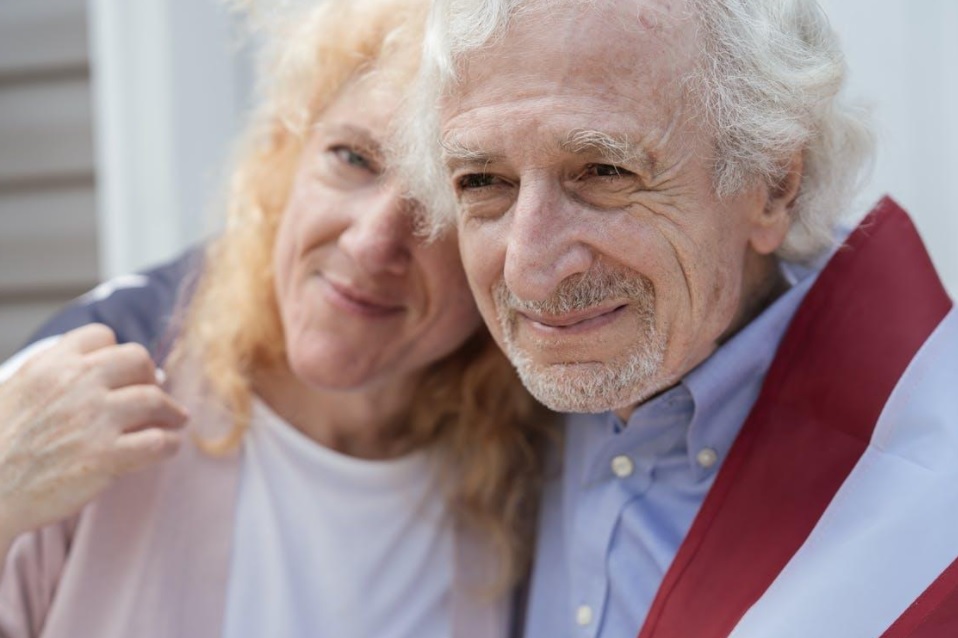Aging is an inevitable concern for the human race because age is a risk factor for several diseases. As you grow older, you may encounter more than the physical signs of aging like sagging skin, graying hair, and low metabolism. The risk of health conditions such as high blood pressure, type II diabetes, heart diseases, liver and kidney troubles, some forms of cancer, and declining cognitive functions also abound. Not surprisingly, scientists and researchers are trying their best to conquer aging.
The struggle has been going on for decades, and some promising therapies have been discovered. One of these is gene editing, which entails fine-tuning genes to address multiple age-related diseases at once. It also has the potential to reverse the impact of aging on the human body and boost the lifespan of human beings. While the technique is still in the evolutionary stages, it shows a lot of promise. Let us explain the impact of gene editing on fighting disease and enabling age reversal.
Understanding gene editing
According to bioscientists, the human body is similar to a complex machine with multiple processes governed by DNA, RNA, and proteins. These experts are working on techniques and tools to tweak this molecular machinery with changes in the interplay of genetic factors. Essentially, CRISPR-Cas are molecular scissors used to cut and slice genes with flawless precision. This gene-editing technique serves as a valuable tool to research and treat different diseases. While the technique is still evolving, it may help rejuvenate worn-out body parts in the long run.
Fighting disease with CRISPR
Scientists are linking CRISPR-Cas9 to other proteins to do more than only gene editing. They have new variants to find and fine-tune specific genes and modulate their functions as well. Moreover, the CRISPR toolbox can play a significant role in studying gene regulation. Essentially, it is about detecting the active genes in a given cell at a certain point in time. Most diseases are caused by a problem in a system comprising several genes rather than a defect or mutation in a single one. CRISPR-Cas can be used to identify the active elements in a disease-causing system and modify their activity to curb diseases in the long run.
Reversing age-related infirmities
With CRISPR-Cas emerging as a reliable tool to study DNA, it shows promise for developing safe techniques to treat age-related infirmities and diseases. In fact, scientists foresee an effective crispr age reversal gene therapy in the coming times. For example, young people have collagen-producing cells called chondrocytes to build the meniscus in the knee. The gel-like tissue works as a force absorber that protects the bone from impact.

With aging, the genome of the old meniscus cells sustains subtle changes. With the changes, these cells are unable to produce adequate collagen. The knee joint decays and becomes brittle over the years. However, there is a possibility of CRISPR tools that can reactivate the self-repair ability of these cells. Once the cells are able to produce collagen again, the joints will rejuvenate even as one grows old. While it may not be possible to reprogram the entire body, people can still have a better quality of life by repairing some worn-out parts with genetic editing.
Genetic tracking with CRISPR
The location of DNA inside the cell nucleus determines the functioning of the DNA. The system is more complex than you imagine as the nucleus is made of several compartments rather than being a uniform space. Each of these compartments induces different behaviors in the genes. Some genes become apparently silent if DNA moves toward the outer edges of the nucleus. Likewise, some compartments enhance the expression of certain genes.
When DNA moves aberrantly inside the nucleus, there is a possibility of disease such as cancer. Scientists are creating a variant of the CRISPR tool for tracking DNA in the nucleus. It can even move DNA to the desired location to lower the risk of disease. While there is a long road ahead, consistent efforts may enable scientists to reverse or prevent certain pathologies caused by aberrant DNA movement.
As a technology, CRISPR shows a lot of potential for preventing disease and reversing the effects of aging. Although much needs to be done, the good thing about this tool is that it is far faster and more cost-effective than any other genetic editing technology. It is the world’s hope to fight against age-related diseases and enhance longevity. In fact, many scientists and bioengineers see it as a technology that can actually stop aging in its tracks.
